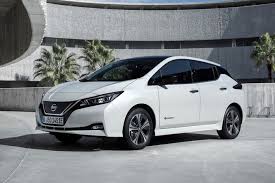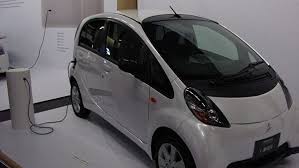capacity
Plug-in-hybrids — “enabling technology” for the transition to electric vehicles
 Many consider plug-in hybrids to be a transitional stage between cars with internal combustion engines and fully electric cars, but automakers are bringing new plug-in hybrid models to the market, promising even greater efficiency, improved power reserve and more diverse automotive platforms (including SUVs).
Many consider plug-in hybrids to be a transitional stage between cars with internal combustion engines and fully electric cars, but automakers are bringing new plug-in hybrid models to the market, promising even greater efficiency, improved power reserve and more diverse automotive platforms (including SUVs).
The key difference between fully electric cars and hybrid and plug-in hybrid models is the presence of an internal combustion engine. Fully electric cars are driven only by batteries and electric motors and usually have a power reserve of 150-500 km. Plug-in hybrids have a smaller battery capacity, which usually provides a power reserve on one charge of 30-80 km, and a gasoline internal combustion engine that adds another 500 — 800 km of power reserve. Continue reading




